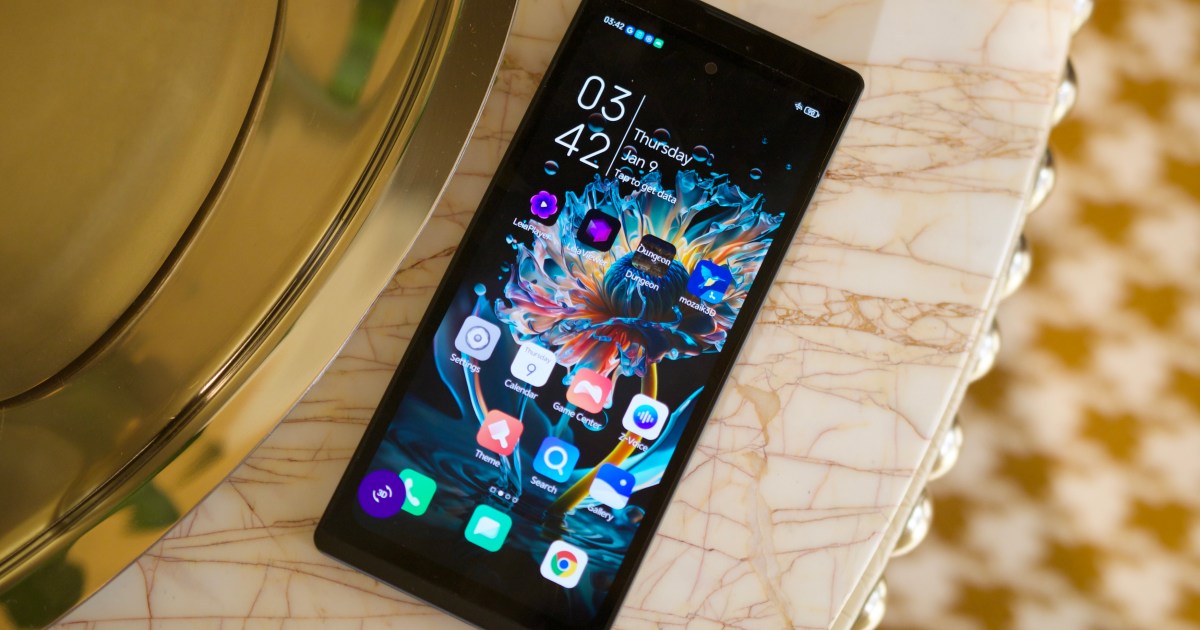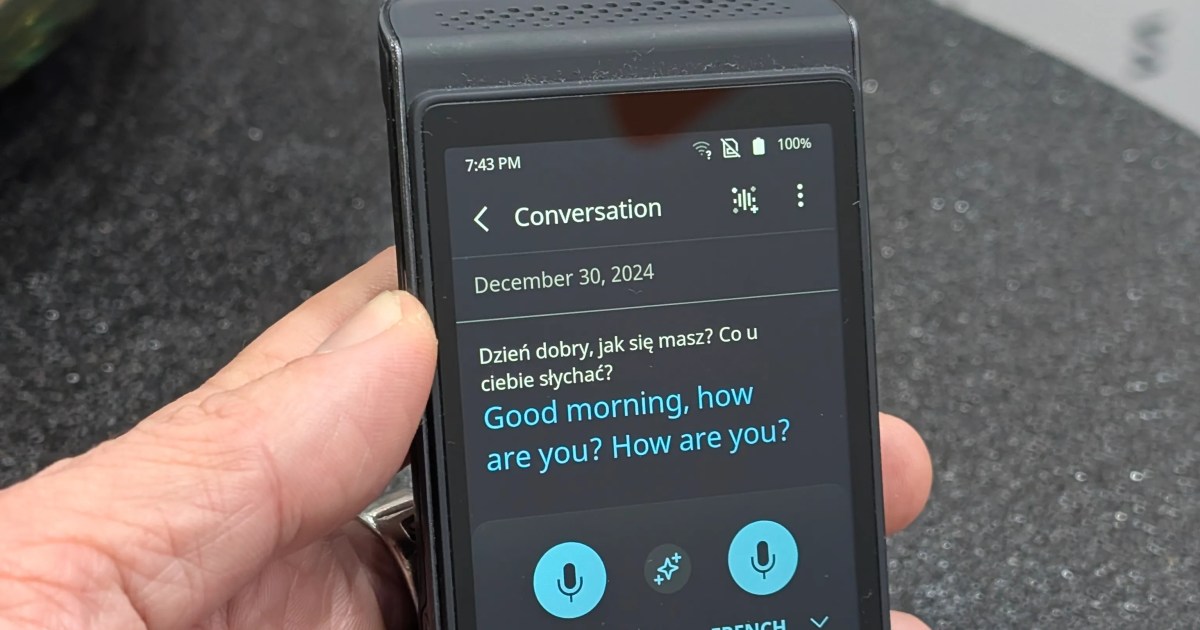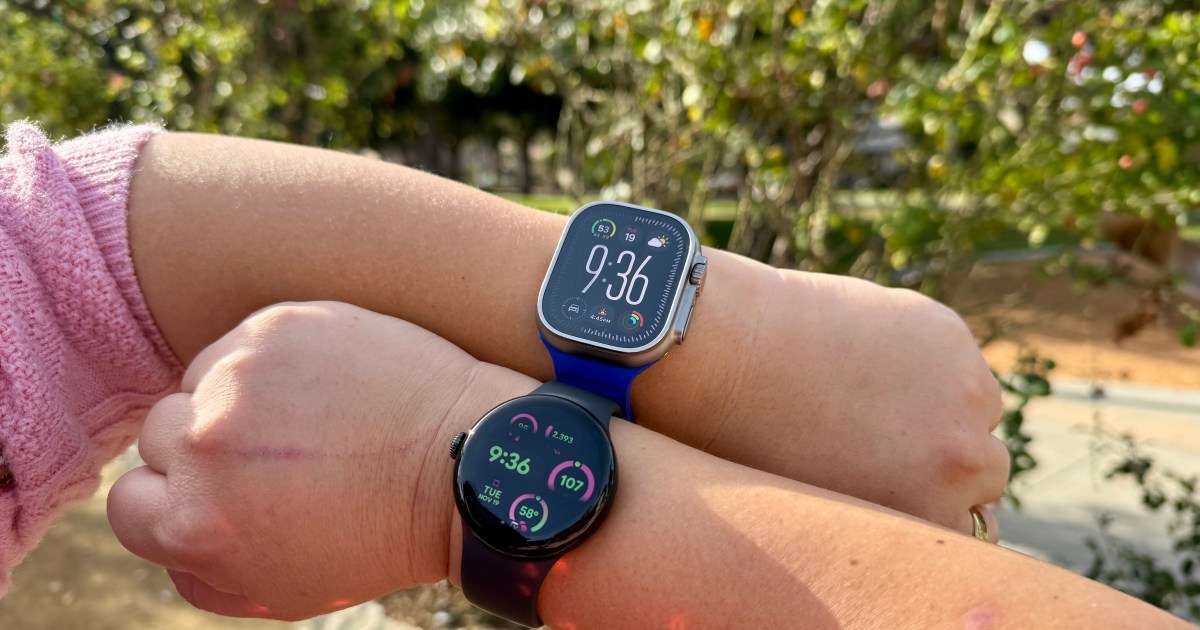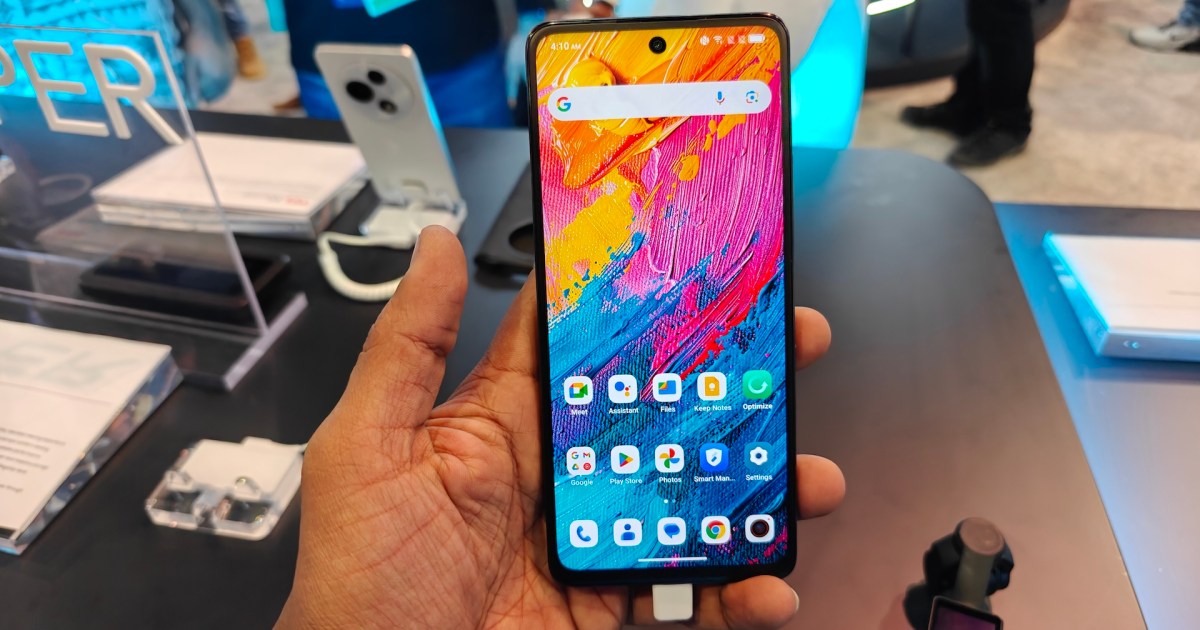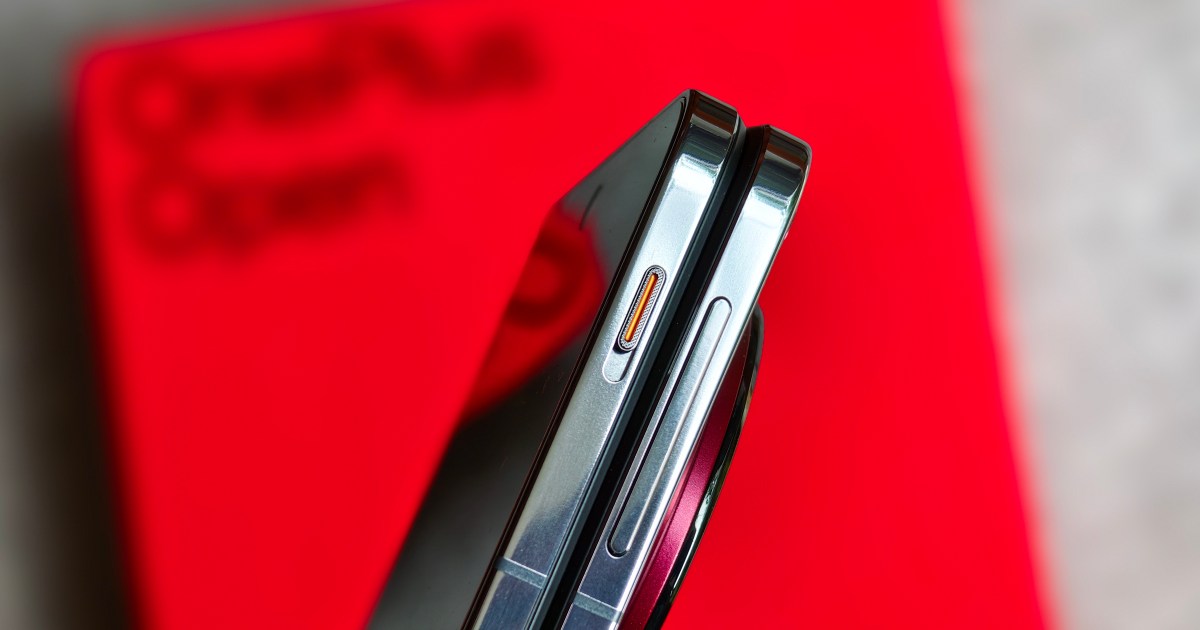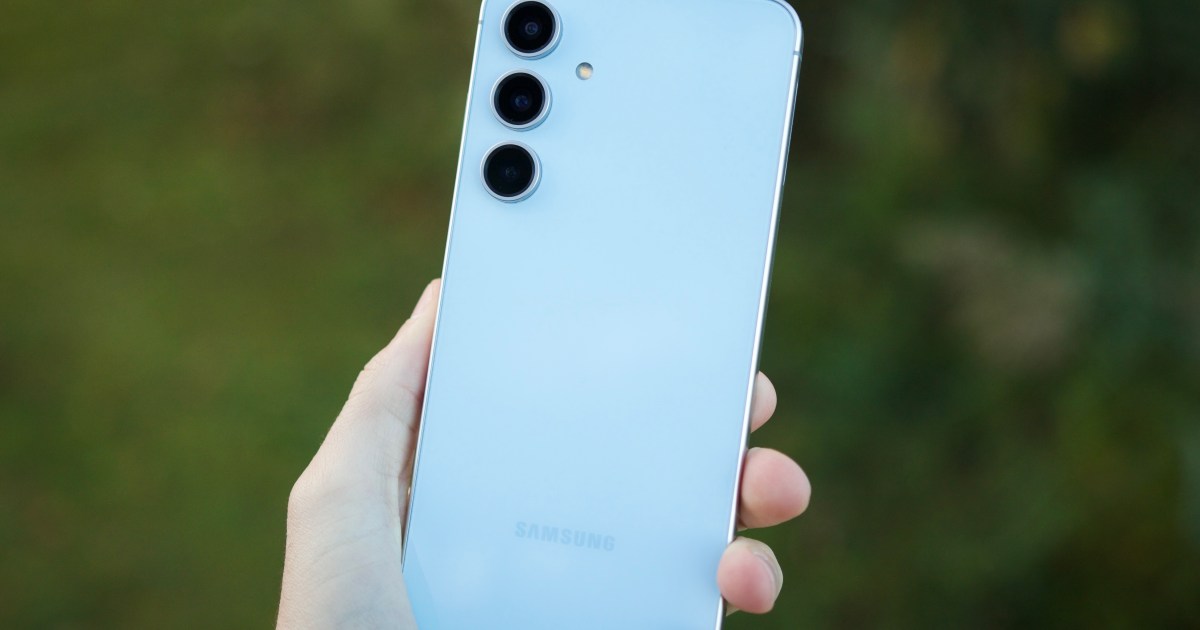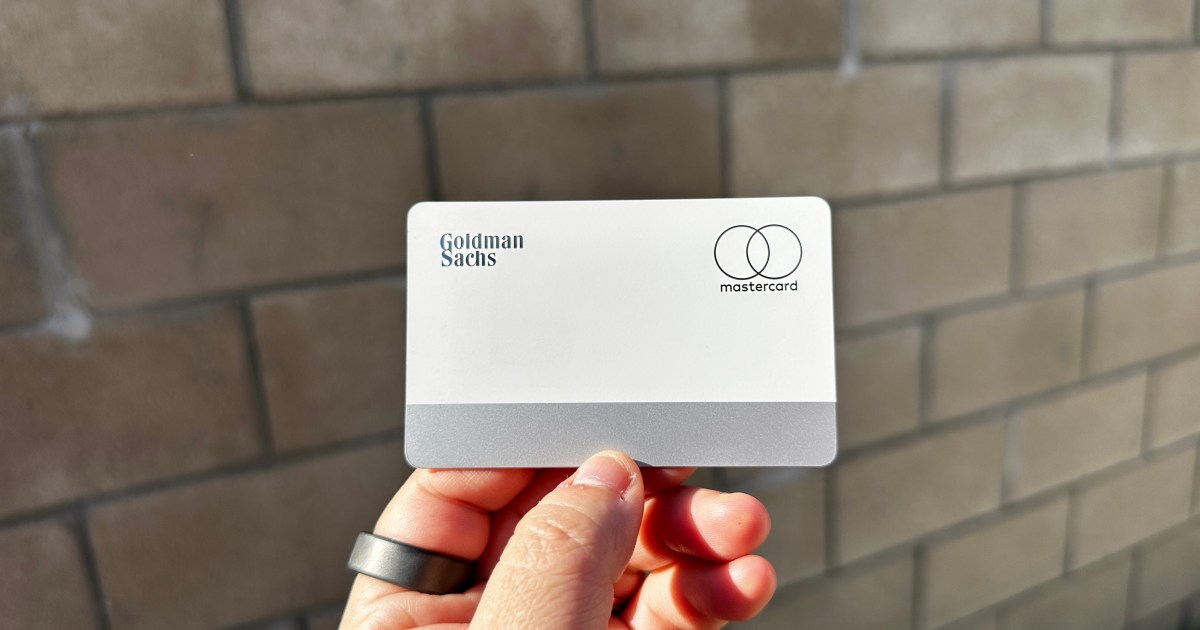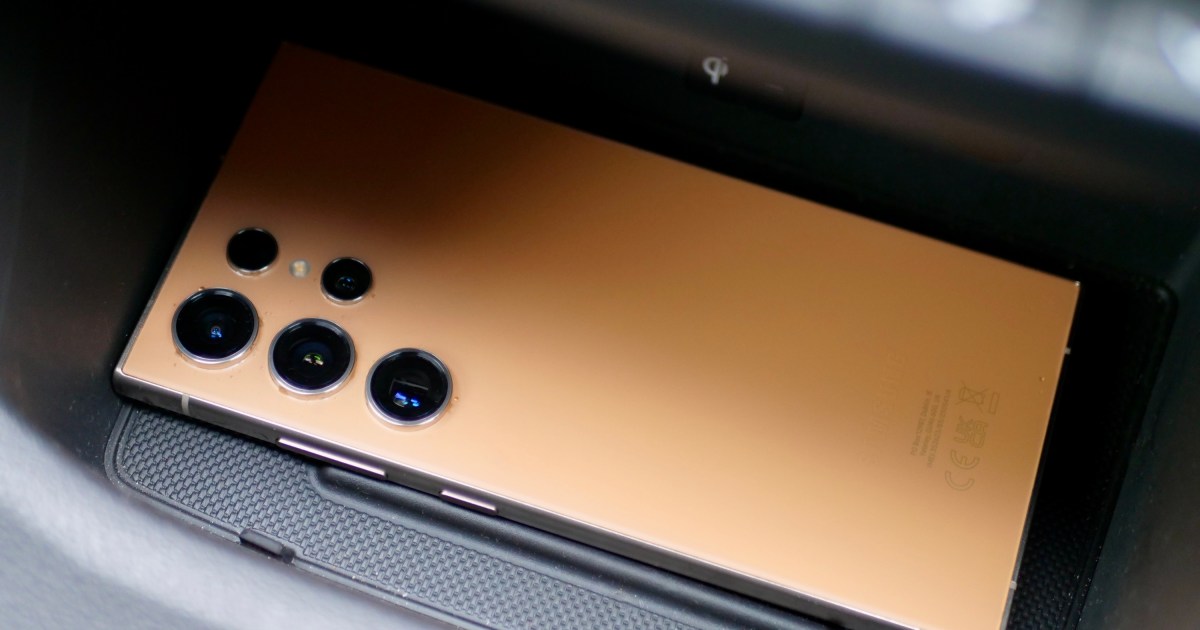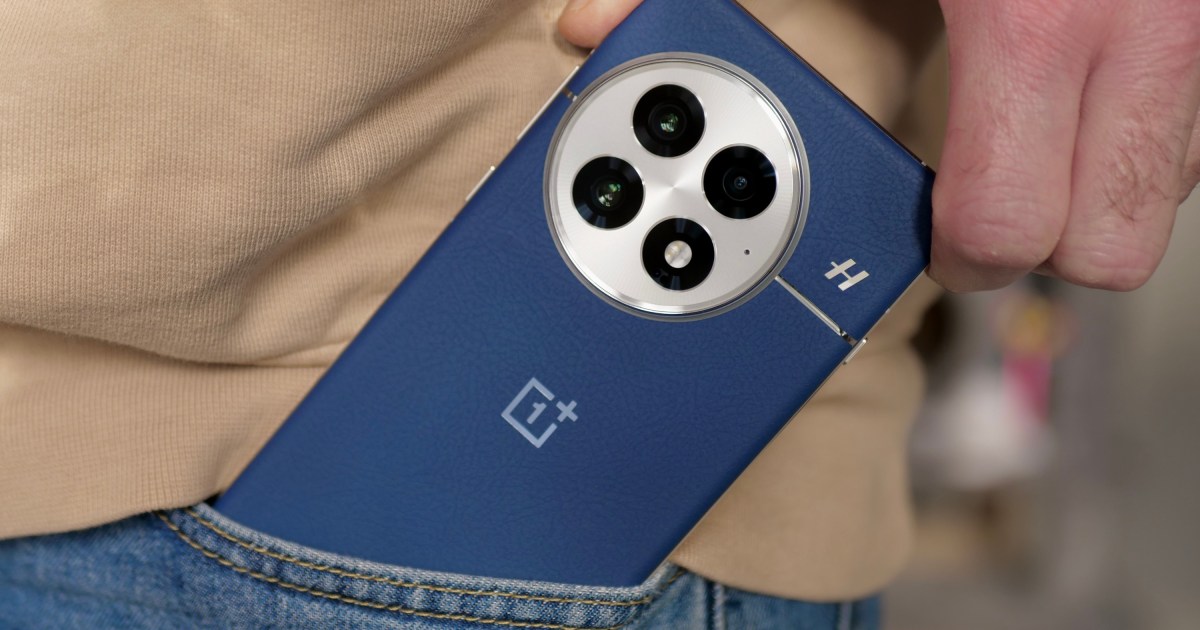3D smartphones have had a turbulent history, with attempts by HTC, LG, Amazon, and Red all failing to capture mainstream attention. However, at CES 2025, a company called Leia showcased technology that could potentially revive the 3D phone dream. I had the opportunity to experience a private demo of their innovative 3D display technology, not just on monitors and tablets, but also on a prototype smartphone, offering a glimpse into what Leia believes is the future of mobile devices.
 A 3D toggle on Leia
A 3D toggle on Leia
Leia’s 3D Technology: How Does it Work?
Leia’s 3D effect is achieved through a clever manipulation of your vision. The display actually shows two slightly different images simultaneously. Using a combination of eye-tracking and a specialized camera, Leia’s technology ensures that each eye sees only the image intended for it, creating the illusion of depth without the need for 3D glasses. My initial demos on 4K and 8K monitors were remarkably effective. Playing games like Shadow of the Tomb Raider, Lies of P, and Tunic in 3D added a surprising level of immersion. The 3D effect wasn’t about objects popping out of the screen; rather, it enhanced the sense of depth and presence within the game world. Playing Tunic in 3D, a game I’ve spent countless hours with, felt like stepping into the game’s world, transforming the experience from viewing a flat image to exploring a living environment.
The 3D Smartphone Experience
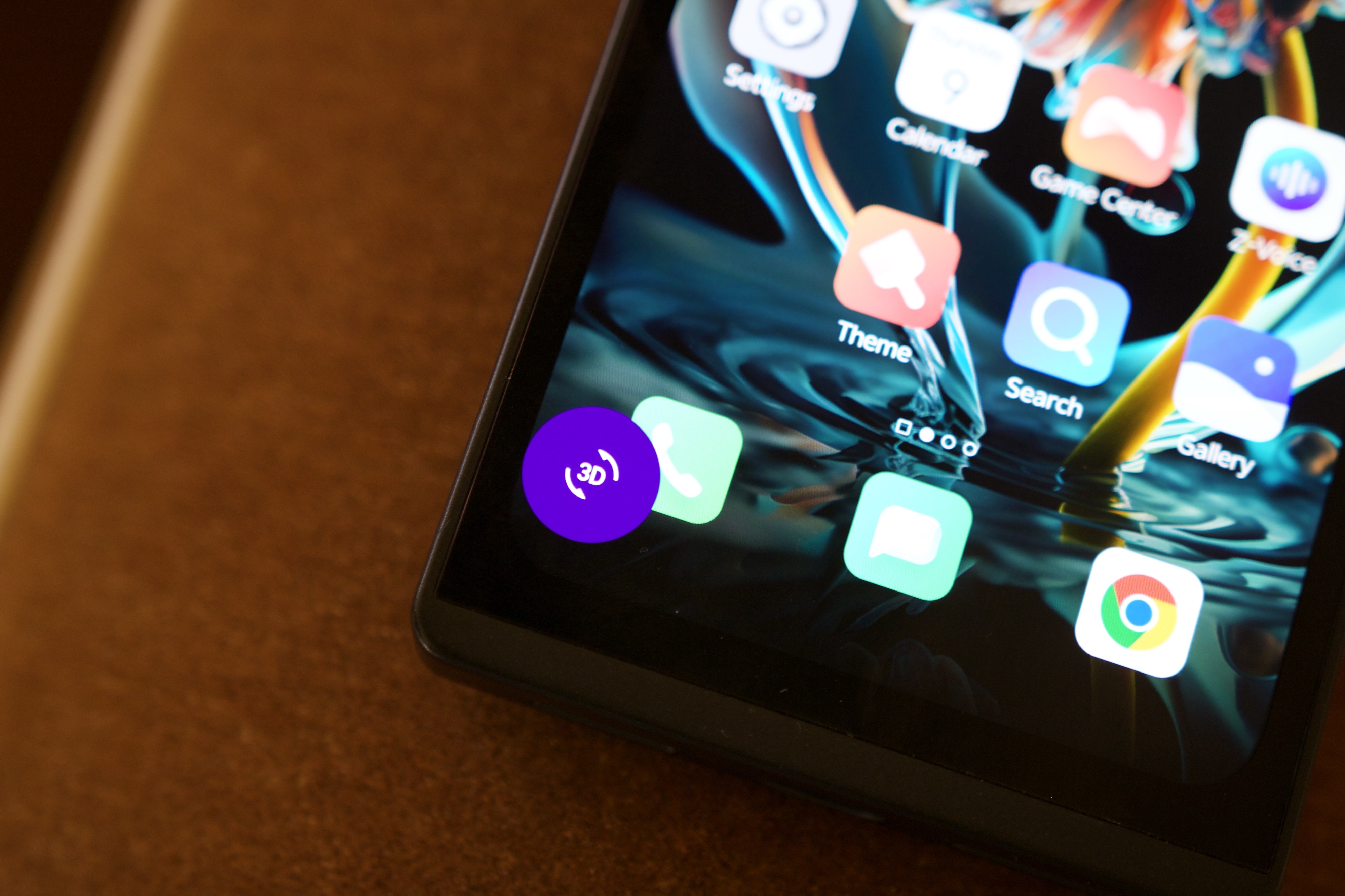 A 3D toggle on Leia
A 3D toggle on Leia
Translating this technology to a smartphone is a work in progress. The prototype I tested, while promising, is not without its limitations. Like Leia’s other displays, the phone seamlessly switches between 2D and 3D modes with a simple tap. This allows users to experience 3D content on demand, whether browsing the home screen, scrolling through social media, or, most importantly, watching videos. The real magic lies in Leia’s ability to convert existing 2D videos into 3D, providing access to a vast library of 3D content.
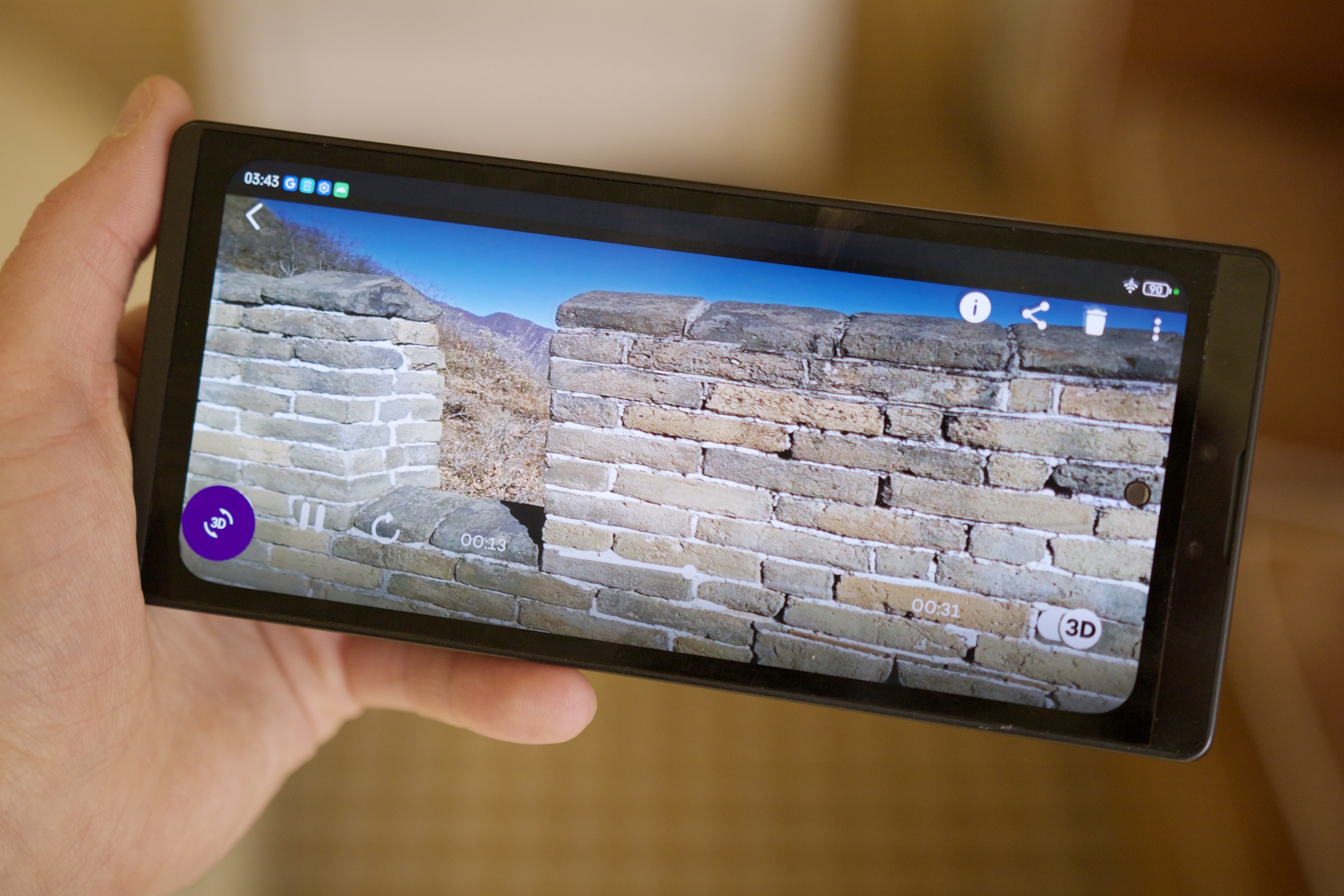 Watching a 3D video on Leia
Watching a 3D video on Leia
While the 3D effect on the phone wasn’t as immersive as on the larger displays, the added depth was still noticeable, creating a more engaging viewing experience. However, the smaller screen size made the 3D effect feel slightly more artificial. Additionally, the eye-tracking occasionally faltered, requiring readjustment.
The Future of 3D Smartphones?
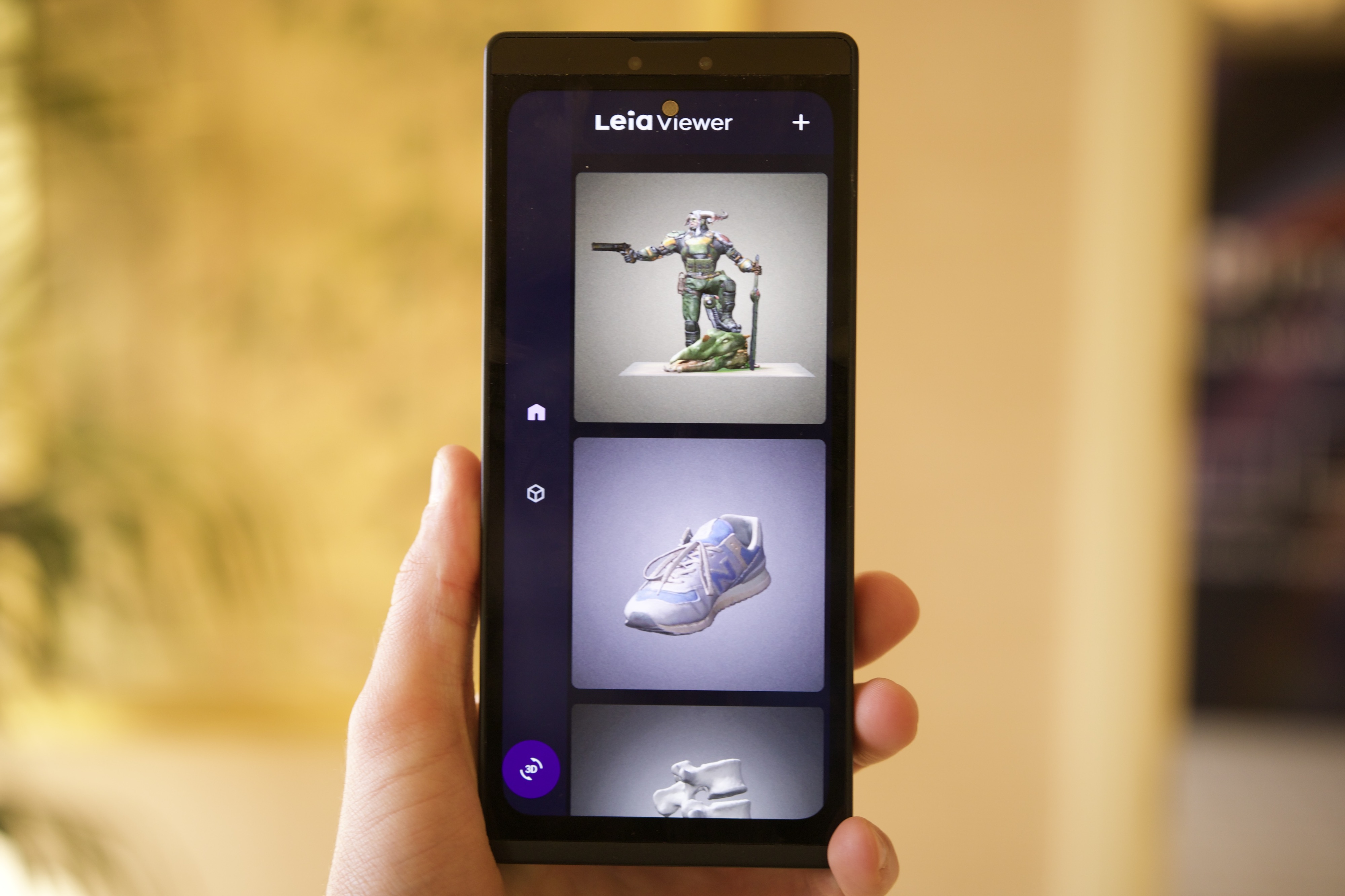 3D models displayed on a Leia 3D phone prototype.
3D models displayed on a Leia 3D phone prototype.
Leia’s vision, as articulated by their VP of Marketing, Jochem Taminiau, is a future where every smartphone is 3D-capable. Given the past failures of 3D phones, it remains to be seen whether Leia can achieve widespread adoption. While the technology is undeniably impressive, the market’s previous resistance to 3D smartphones presents a significant challenge. However, as someone who embraces innovation in the mobile space, I’m excited to see Leia’s efforts to revitalize 3D technology, and I remain hopeful for their vision of a 3D-enabled future for smartphones.



